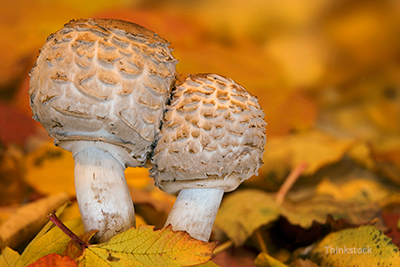
As autumn approaches, so do new potential dangers that pose a threat to your dog and cat. Here, the top 5 fall toxins to be on the lookout for as summer ends! Keep your pet safe by keeping these out of reach!
Rodenticides
As the weather gets colder, mice and rats start seeking shelter in warm locations… in other words, your house! Unfortunately, the start of autumn means the start of mouse and rat poisoning. There are several types of active ingredients in these mouse and rat poisons, and they all work (and kill) in different ways. Depending on what type of mouse and rat poison was ingested, clinical signs include weakness, lethargy, difficulty breathing, coughing blood, dehydration, inappetance, profuse vomiting, a distended stomach, tremors, seizures, kidney failure, and even death. I’m never an advocate of using these types of poisons, as they pose a threat to wildlife, pets, and birds of prey (e.g., raptors like red-tail hawks, owls, etc.). I’d rather you use the more human snap trap – much safer to you and your pet! Check out next week’s blog on “Mouse and rat poisoning… in your dog or cat!” for more information.
Chocolate
Did someone mention Halloween? The last week of October poses a big danger to dogs, as there’s a greater likelihood that your dog will find the candy stash. While one or two Snickers bars aren’t dangerous, significant ingestions (e.g., your whole candy bowl) can result in chocolate poisoning in dogs. The toxic ingredient: methylxanthines called theobromine and caffeine. With mild poisoning, clinical signs of chocolate poisoning include agitation, panting, vomiting, and diarrhea. With more significant ingestions, clinical signs of cardiac effects (including a racing heart rate, high blood pressure, and abnormal heart rhythm) or pancreatitis (e.g., inflammation of the pancreas) may be seen. With severe poisonings, chocolate can result in tremors, seizures, and rarely, death. Keep in mind that with chocolate, the darker and more bitter the chocolate, the more dangerous it is! Semi-sweet chocolate or Baker’s chocolate contains very toxic amounts of theobromine as compared to milk chocolate or white chocolate.
Compost/Mulch Piles
I’m all for going green, and am a huge advocate of recycling and composting. However, before you start composting, make sure you have a well secured, fenced off compost file. If wildlife or your dog ingests the compost directly, it can result in severe poisoning secondary to the mold (called tremorgenic mycotoxins). Clinical signs of compost poisoning include drooling, vomiting, inappetance, panting, agitation, incoordination, tremors, and seizures.
Mushrooms
While the majority of mushrooms are benign and only result in minor symptoms when ingested, there are a few types that can be deadly (even to humans!) when ingested. Because mushroom identification is so difficult, we veterinarians have to err on the side of caution and assume any mushroom ingested by a pet is toxic. The most dangerous type? The Amanita mushroom. Depending on the type of mushroom ingested, clinical signs include gastrointestinal signs (e.g., drooling, vomiting, diarrhea, abdominal pain), neurologic signs (e.g., walking drunk, tremoring, agitation, seizures), organ damage (e.g., liver or kidney failure), or even death.
Mothballs
As mice and rats come into the house to stay warm, so do moths! Mothballs may look benign, but can be quite dangerous as they typically contain chemicals such as paradichlorobenzene or naphthalene. The classic smell of mothballs is typically due to “old-fashioned" mothballs that contain naphthalene, and these are generally much more toxic than the paradichlorobenzene-containing ones. Clinical signs from mothball poisoning in dogs and cats include gastrointestinal signs (e.g., drooling, vomiting, abdominal pain), neurologic signs (e.g., lethargy, tremors, etc.), blood changes (e.g., abnormalities in the red blood cells), and rarely, even organ failure.
When in doubt, keep your pet safe this fall by keeping these top 5 dangerous autumn poisons out of reach of your dog or cat!
If you have any questions or concerns, you should always visit or call your veterinarian – they are your best resource to ensure the health and well-being of your pets.
